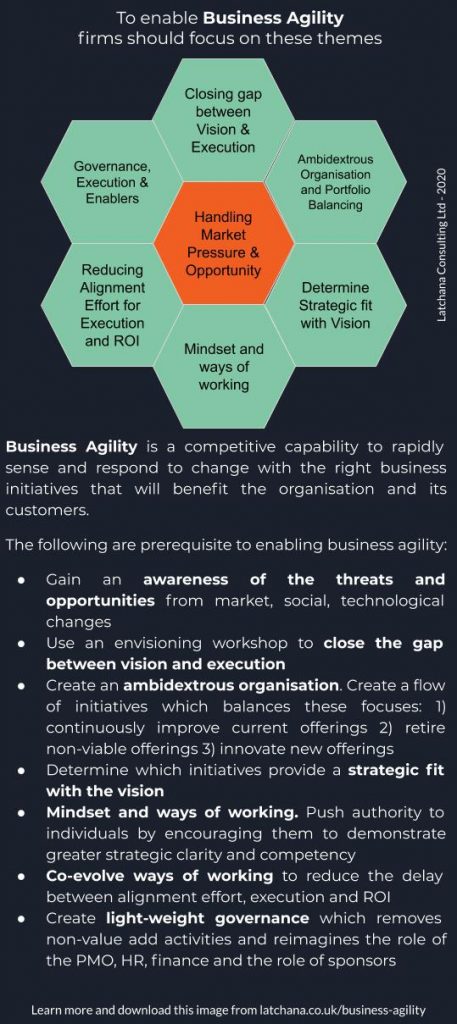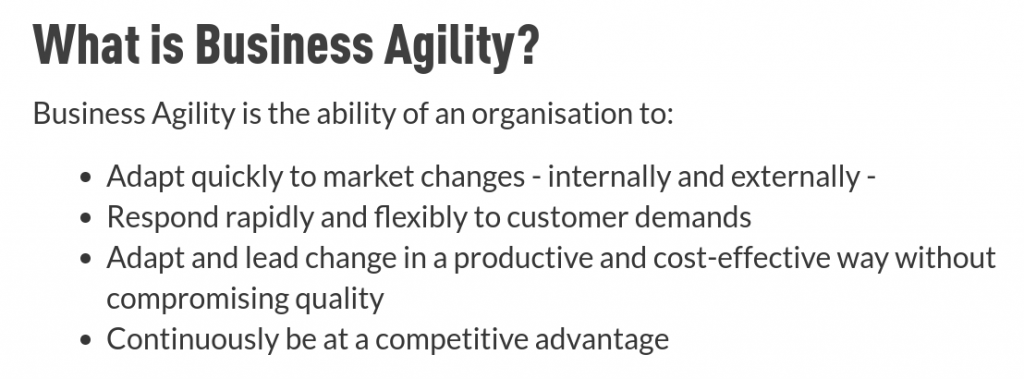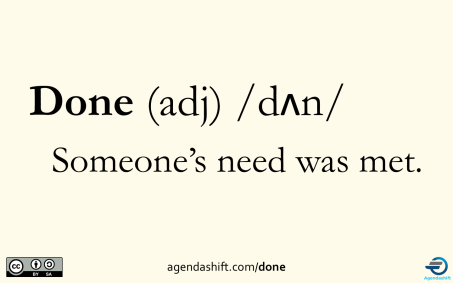Recently a potential client approached me about starting an engagement following some agile training I provided to their leadership team.
Although they’re very keen to get me on board, I wanted to check whether they were ready to work with me to uncover and deliver profound change to the organisation; change that is likely to make many leaders uncomfortable and sceptical.
Here’s what I wrote to them. I’ve anonymised identifying details.
From: Dean Latchana
Sent: 19 October 2018 11:26
To: xxx
Subject: Thoughts on joining [company]
Hi xxx,
Thank you for the offer for me to join [company].
In order for me to truly help the organisation, and know if I’d be a good fit, I’d like to understand the potential appetite for fairly profound organisational change.
It’s likely we’d need to review and change some fundamental expectations of how [company] is structured, how colleagues work together and how they’re led.
As we explored during the training, regardless of business ‘silos’, we need to consider creating more cross-functional small teams who sit together, potentially alongside their clients.
Regarding the clients, we may need to put more focus on collaboration, co-discover and joint experimentation to drive toward shared outcomes, and therefore put less emphasis on expected pre-defined deliverables.
We should also examine and change the traditional role of leaders. Changing them from defining pre-determined deliverables in a top-down manner. We probably need to coach leaders to embrace uncertainty in terms of how [company] competes, serves its clients and in terms of the natural uncertainty of innovation. Leadership probably need to switch to a governance structure which supports empowered delivery teams who continuously pivot or terminate initiatives as insight is gathered.
We need to consider how budgets are set. In a complex business environment, budgets probably shouldn’t be set on a 12-month cycle with pre-defined targets and resource allocations. To increase agility, innovation and competitiveness, we need to consider delivery teams having access to the “bank” where initiatives are frequently reviewed and financed on the strength of their latest insights and ROI.
We need to work with HR and Recruitment to ensure we have the right colleagues who have the right mindset to not only refine BAU operations, but also develop a mindset of exploration where there’s an appetite for ambiguity and delivering business outcomes at pace.
We probably need to visualise existing work at a portfolio level. An enterprise portfolio view will help us decide where to put emphasis, and quickly terminate any ongoing initiatives which aren’t delivering value now or in the future. At the portfolio level, we should consider creating a balanced scorecard that monitors existing ROI and potential ROI.
There’s plenty more we can explore and I’m saying all this without understanding [company] in great detail. However, what I’ve said gives a flavour of what we may need to change in order for [company] to operate effectively, serve its clients and compete.
Do you think my role will have the c-suite support for us to seriously consider these profound changes?
No doubt there’ll be hesitancy and some scepticism, however tactics are available for the leadership team to learn and adjust these new ways of working.
Best,
Dean




